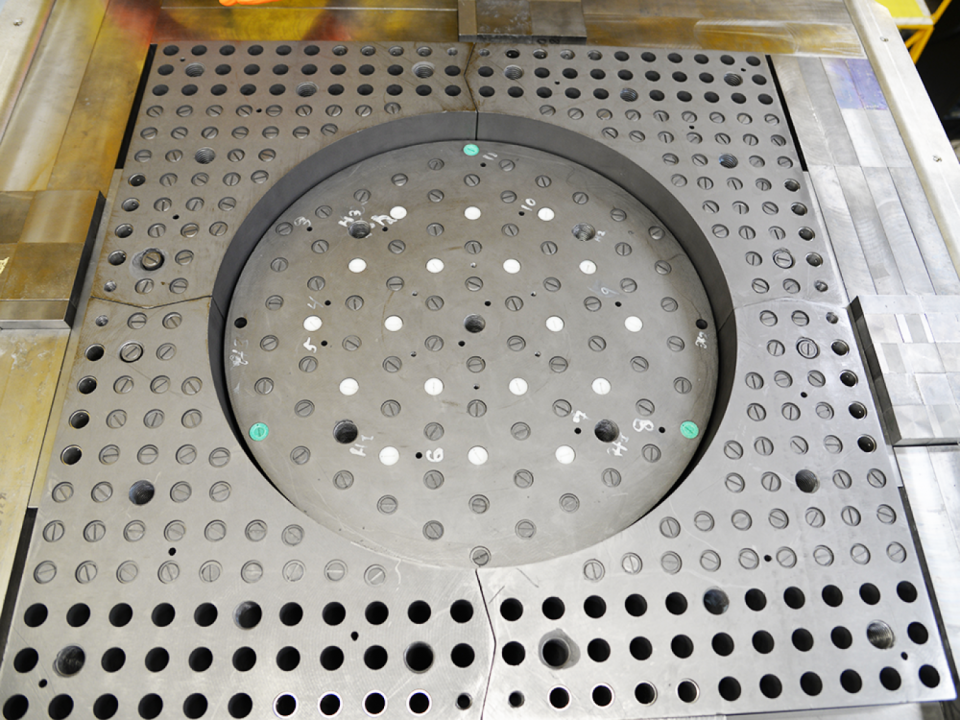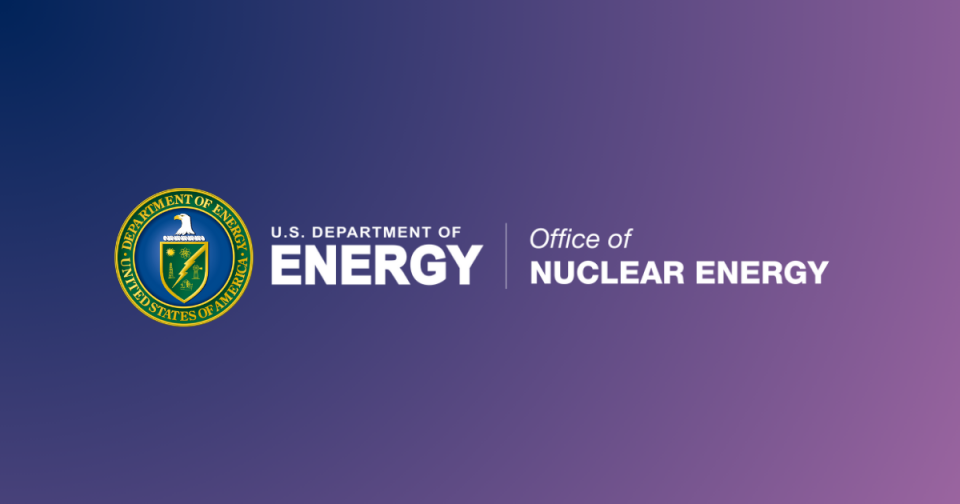The implied recommendation that the United States should unilaterally decide international nuclear security policy by domestically lowering the enrichment threshold for commercial uranium fuel is particularly problematic. We believe that this approach ignores the comprehensive assessments and effectiveness of existing domestic and international safeguards already in place, which have been developed in cooperation with international partners over many decades.
The article disregards the effectiveness of existing domestic and international safeguards and country-specific controls on possession and export of special nuclear material. For more than 60 years, research reactors all over the world have been fueled by HALEU with no evidence of attempted diversion or misuse. The safeguards programs implemented by the United Nations’ International Atomic Energy Agency (IAEA) have proven to be effective and transparent in ensuring that HALEU is used solely for peaceful purposes. These programs include rigorous inspections, material accounting, and physical protection measures that have successfully prevented the diversion of HALEU for non-peaceful uses. Moreover, the article’s definition of “weapons-usable” material based solely on having a finite critical mass does not fully address the complex technical challenges involved in weaponization. The engineering required and materials handling challenges of assembling a functioning nuclear explosive from HALEU, particularly from advanced reactor fuels, remains highly complex and even impossible for certain fuel types.
Regrettably, Science focused on hyperbole by including a pull-quote highlighting the article’s claims that possession of HALEU places countries “only days away from a bomb.” This statement is inappropriate, inflammatory, and not supported by any facts in the article. It is unfortunate that Science’s editors and reviewers did not challenge the lack of any discussion on the effectiveness of current safeguards and international agreements in preventing the misuse of HALEU for decades. The article’s dismissive and inaccurate byline adds further insult: “Recent promotion of new reactor technologies appears to disregard decades-old concerns about nuclear proliferation.”
The authors’ recommendation that the U.S. unilaterally redefine HALEU enriched above ten to twelve percent as weapons-usable is ill considered. This recommendation is also contrary to the National Academies of Science, Engineering, and Medicine (NASEM) consensus report on the merits and viability of different nuclear fuel cycles referenced in the article. The NASEM report provides important context for this discussion.2 Definitions and restrictions associated with uranium enrichment were established by the international community through the IAEA, carefully considering the real risks associated with uranium at all levels of enrichment. The authors present no new information that warrants a change to current policy, but even if they did, it should be addressed internationally, not through unilateral measures.
A unilateral approach to establishing a domestic policy contrary to international consensus would impair the U.S. and its allies’ ability to meet their collective nuclear nonproliferation objectives. It is vitally important that any reevaluation of what constitutes “weapons-usable” or “direct-use” material be developed with international cooperation and in consultation with the IAEA.
In their call for a Congress-directed reexamination of HALEU proliferation risks, the authors’ suggestion of a predetermined outcome of the review—i.e., restricting reactor fuels to below 10 to 12 percent enrichment levels of the uranium-235 isotope—raises concerns about adherence to the scientific method and the importance of objective evaluation in the article. Furthermore, the authors made a blanket assertion based on unclassified formulas from the Manhattan Project era that HALEU can produce a nuclear explosive yield. ANS believes this to be an imprudent and largely meaningless discussion. We question the authors’ assumptions, the usefulness of such approximations, and why the article’s authors and Science peer reviewers with security clearances would willingly engage in a public discussion of this topic if this were true. We defer to the National Nuclear Security Administration on any discussions on this matter.
In summary, while we agree that the proliferation risks of HALEU merit careful consideration, we are confident that these can be addressed within the existing international frameworks. We hope that by bringing attention to these issues, the technical expertise of our scientific professional society can help further discussion of scientific advancements and the policies that impact them.
We encourage policymakers to remain optimistic and committed to deploying new advanced reactors, focusing on practical rather than theoretical risks. Effective policies can manage these risks while supporting our transition to a cleaner, sustainable future. Let’s engage in open scientific discussions, adhering to President Eisenhower's Atoms for Peace vision to ensure nuclear innovations benefit human flourishing in America and around the world.
We appreciate Science’s attention to these issues and look forward to furthering this important dialogue.
Respectfully,
Lisa Marshall
President, American Nuclear Society (ANS)





